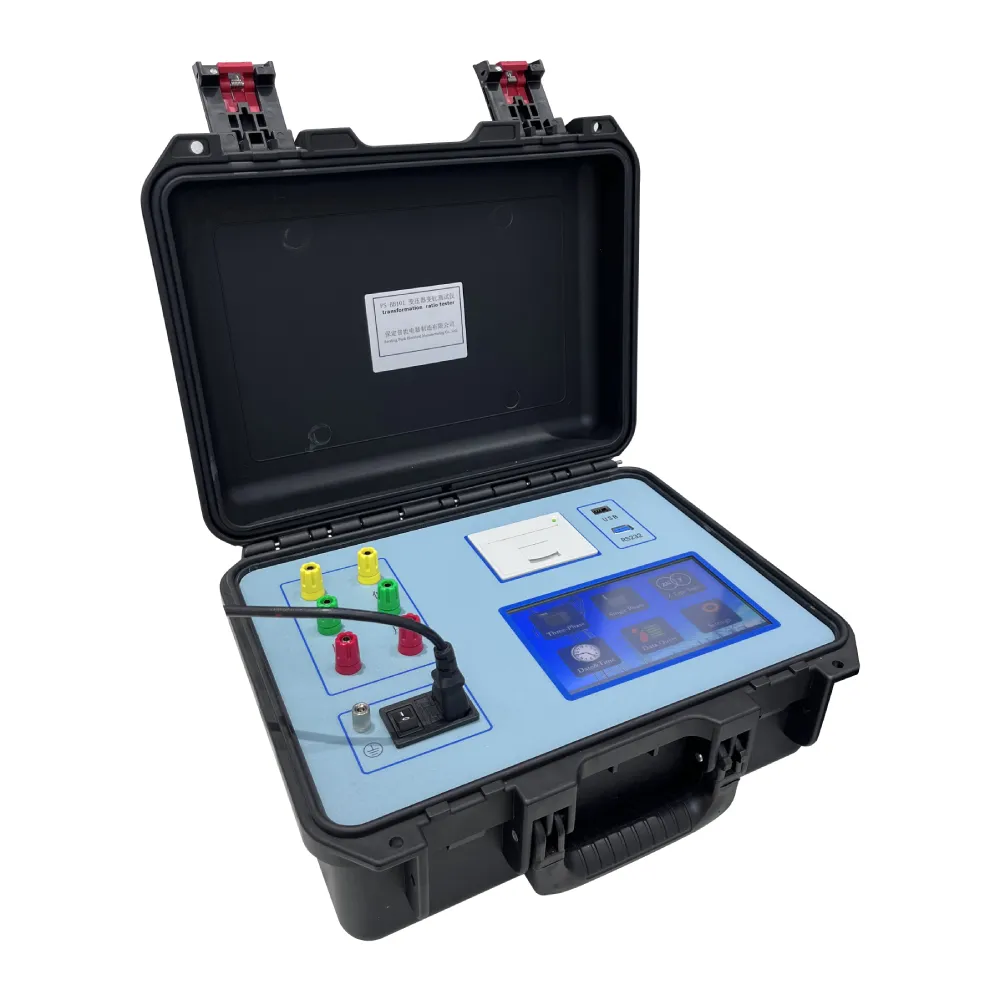 English
English



-
 Afrikaans
Afrikaans -
 Albanian
Albanian -
 Amharic
Amharic -
 Arabic
Arabic -
 Armenian
Armenian -
 Azerbaijani
Azerbaijani -
 Basque
Basque -
 Belarusian
Belarusian -
 Bengali
Bengali -
 Bosnian
Bosnian -
 Bulgarian
Bulgarian -
 Catalan
Catalan -
 Cebuano
Cebuano -
 China
China -
 China (Taiwan)
China (Taiwan) -
 Corsican
Corsican -
 Croatian
Croatian -
 Czech
Czech -
 Danish
Danish -
 Dutch
Dutch -
 English
English -
 Esperanto
Esperanto -
 Estonian
Estonian -
 Finnish
Finnish -
 French
French -
 Frisian
Frisian -
 Galician
Galician -
 Georgian
Georgian -
 German
German -
 Greek
Greek -
 Gujarati
Gujarati -
 Haitian Creole
Haitian Creole -
 hausa
hausa -
 hawaiian
hawaiian -
 Hebrew
Hebrew -
 Hindi
Hindi -
 Miao
Miao -
 Hungarian
Hungarian -
 Icelandic
Icelandic -
 igbo
igbo -
 Indonesian
Indonesian -
 irish
irish -
 Italian
Italian -
 Japanese
Japanese -
 Javanese
Javanese -
 Kannada
Kannada -
 kazakh
kazakh -
 Khmer
Khmer -
 Rwandese
Rwandese -
 Korean
Korean -
 Kurdish
Kurdish -
 Kyrgyz
Kyrgyz -
 Lao
Lao -
 Latin
Latin -
 Latvian
Latvian -
 Lithuanian
Lithuanian -
 Luxembourgish
Luxembourgish -
 Macedonian
Macedonian -
 Malgashi
Malgashi -
 Malay
Malay -
 Malayalam
Malayalam -
 Maltese
Maltese -
 Maori
Maori -
 Marathi
Marathi -
 Mongolian
Mongolian -
 Myanmar
Myanmar -
 Nepali
Nepali -
 Norwegian
Norwegian -
 Norwegian
Norwegian -
 Occitan
Occitan -
 Pashto
Pashto -
 Persian
Persian -
 Polish
Polish -
 Portuguese
Portuguese -
 Punjabi
Punjabi -
 Romanian
Romanian -
 Russian
Russian -
 Samoan
Samoan -
 Scottish Gaelic
Scottish Gaelic -
 Serbian
Serbian -
 Sesotho
Sesotho -
 Shona
Shona -
 Sindhi
Sindhi -
 Sinhala
Sinhala -
 Slovak
Slovak -
 Slovenian
Slovenian -
 Somali
Somali -
 Spanish
Spanish -
 Sundanese
Sundanese -
 Swahili
Swahili -
 Swedish
Swedish -
 Tagalog
Tagalog -
 Tajik
Tajik -
 Tamil
Tamil -
 Tatar
Tatar -
 Telugu
Telugu -
 Thai
Thai -
 Turkish
Turkish -
 Turkmen
Turkmen -
 Ukrainian
Ukrainian -
 Urdu
Urdu -
 Uighur
Uighur -
 Uzbek
Uzbek -
 Vietnamese
Vietnamese -
 Welsh
Welsh -
 Bantu
Bantu -
 Yiddish
Yiddish -
 Yoruba
Yoruba -
 Zulu
Zulu
Transformer Testing Equipment for Enhanced Performance Evaluation and Quality Assurance
Understanding the Transformer Test Kit A Comprehensive Overview
In the era of rapid technological advancement, the importance of reliable testing methods cannot be overstated. Among the various testing tools available, the Transformer Test Kit stands out as an essential resource for electrical engineers and technicians involved in the design, manufacture, and maintenance of transformers. This article aims to provide an in-depth look at what the Transformer Test Kit entails, its significance, and the various tests it encompasses.
What is a Transformer Test Kit?
A Transformer Test Kit is an assembly of equipment designed to perform a variety of tests on transformers, ensuring their functionality, safety, and efficiency. These kits typically include a range of testing devices, including insulation resistance testers, power factor testers, circuit breaker analyzers, and winding resistance testers. The primary goal of these tools is to validate transformer performance and condition, helping to prevent failures that can lead to catastrophic power outages or equipment damage.
Importance of Transformer Testing
Transformers are critical components in power distribution systems, converting high-voltage electricity from power plants into lower voltages suitable for residential and industrial use. Given their pivotal role, ensuring the reliability and performance of transformers is paramount. Regular testing using a Transformer Test Kit helps in
1. Preventive Maintenance By identifying potential issues before they escalate into serious problems, regular testing can minimize downtime and maintenance costs.
2. Safety Assurance Testing verifies that transformers operate within specified parameters, preventing dangerous malfunctions that could pose safety risks to personnel and infrastructure.
3. Compliance with Standards Many industries are governed by strict regulations regarding the safety and performance of electrical equipment. Using a Transformer Test Kit ensures compliance with these standards, avoiding legal repercussions and enhancing operational credibility.
transformer test kit

4. Optimizing Performance Regular assessments can help identify efficiency losses, allowing for corrective measures that improve the overall performance and lifespan of transformers.
Key Tests Conducted with the Transformer Test Kit
1. Insulation Resistance Testing This test evaluates the integrity of insulation materials within the transformer. Poor insulation can lead to electrical failures or short circuits, making this test crucial.
2. Power Factor Testing This technique measures the phase difference between voltage and current in a transformer, helping to assess the quality of its insulation and detect any deterioration over time.
3. Leakage Reactance Testing By measuring the reactance of the transformer, technicians can infer the level of electrical losses due to leakage, thereby indicating its operational efficiency.
4. Winding Resistance Testing This test checks the resistance of transformer windings, which is essential for assessing the condition of the copper or aluminum coils and ensuring proper operational capacity.
5. Sweep Frequency Response Analysis (SFRA) This advanced testing technique is used to detect mechanical issues in transformer winding structures, providing insight into any physical damage or deformities.
Conclusion
The Transformer Test Kit is an indispensable tool for maintaining the reliability and performance of transformers in electrical systems. As technology evolves, the methods and devices used within these kits continue to advance, providing better accuracy and efficiency in testing. With regular assessments and timely maintenance, organizations can ensure their transformers operate safely, efficiently, and reliably, ultimately contributing to the stability of power distribution networks. By understanding and utilizing the Transformer Test Kit effectively, electrical professionals can manage their systems proactively, safeguarding both infrastructure and personnel in the process.
-
Testing Equipment Industry Sees Major Advancements in 2025: Smart & Precision Technologies Lead the WayNewsJun.06,2025
-
Applications of Direct Current Generators in Renewable Energy SystemsNewsJun.05,2025
-
Hipot Tester Calibration and Accuracy GuidelinesNewsJun.05,2025
-
Digital Circuit Breaker Analyzer Features and BenefitsNewsJun.05,2025
-
Benefits of Real-Time Power Quality Monitoring Devices for Industrial EfficiencyNewsJun.05,2025
-
Earth Fault Loop Testing in High-Rise Building Electrical SystemsNewsJun.05,2025



